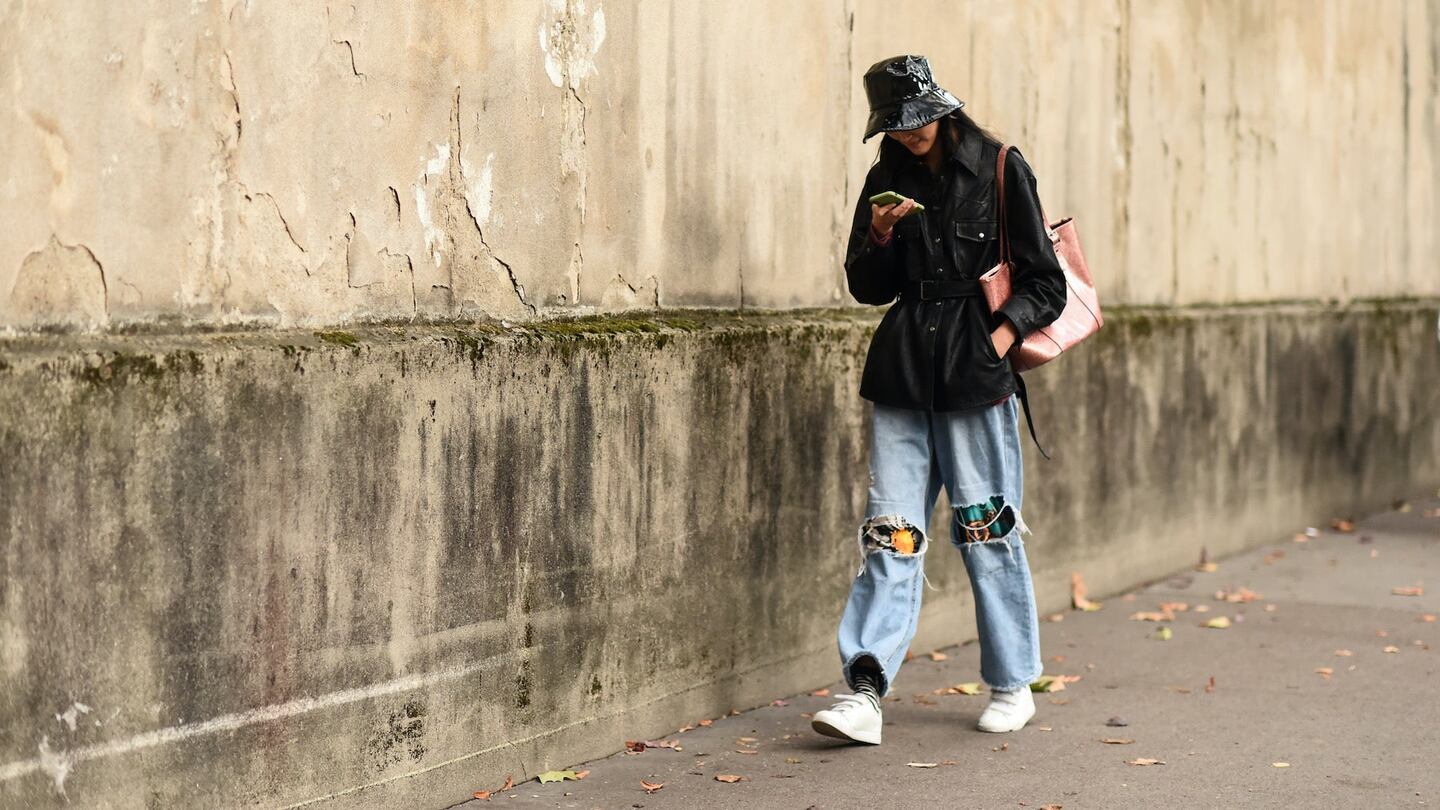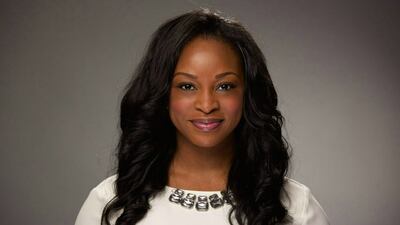
The Business of Fashion
Agenda-setting intelligence, analysis and advice for the global fashion community.

Agenda-setting intelligence, analysis and advice for the global fashion community.

PARIS, France — Over the past decade, social media platforms including Facebook and Instagram have transformed how consumers discover products and interact with brands. Today, Facebook believes that before they purchase an item, 85 percent of consumers have already come into contact with the products on Facebook or Instagram.
Indeed, the influence of social media in consumer purchasing journeys is rising. According to the Boston Consulting Group (BCG), social media played a role in just 11 percent of purchases in 2013. In 2018, the number of purchase decisions impacted by social media had risen to over 40 percent of total transactions.
However, consumer behaviour on social media platforms is changing rapidly. Engaging with “evolved consumers” requires new ways of thinking, as preferences and aspirational identities align with a new generation’s perspective. To hear actionable insights on how brands can engage with “evolved consumers,” BoF sits down with Morin Oluwole, Facebook’s global head of luxury.

Morin Oluwole, Facebook's global head of luxury | Source: Courtesy
What is the most important shift in consumer behaviour you have seen on Facebook and Instagram?
Consumers adapt new technologies first and fastest. That’s our competitive advantage. In 2012, we had a big mobile shift that happened across the Facebook platforms. Now, we’re leading the charge in the shift to video, stories and messaging. When you look at the content that's been produced and the way that brands are communicating, it's still very much in the traditional sense.
The evolved consumer is born with a mobile phone in hand. From a consumption point of view, we have more than 8 billion videos watched each day on Facebook and about 75 percent of those on mobile. We're really seeing video transform from a consumer behavioural point of view. People are spending more and more time on video across Facebook, across Instagram notably, where we're seeing the growth of video viewing for about 80 percent year-over-year.
We also essentially consider Stories to be a new visual language and that is rapidly being adopted throughout the world. On Facebook and Instagram, 300 million and 500 million individuals use the Stories function per day respectively, as well as 450 million on Whatsapp.
How should brands best engage with an "evolved" consumer?
Evolved consumers — Millennial consumers — are seeking more transparency and more authenticity. We know that sustainability is a really key and important topic for luxury. Brands need to think about what their positioning is and how they can communicate and showcase the work that they do on these subjects in a creative way.
Understanding attribution between on and offline sales is where the value proposition of Facebook and Instagram becomes really powerful.
According to the data, this is playing directly into consumers’ decisions around which brands they wish to associate. The BCG True Luxury Consumer Report 2019 reports that 59 percent of total luxury consumers are influenced in their purchasing decisions by a brand's position on sustainability. Over half of consumers investigate a brand’s social responsibility and would be more likely to purchase from them on the back of that.
So, how does this translate to Facebook and Instagram? It translates in terms of visual communication. Concretely, how can brands take advantage of the tools like Stories, Instagram’s feed or Explore page, to make sure that customers understand their point of view on major global issues.
How do you believe businesses should approach integrating on and offline sales channels?
Understanding attribution between on and offline sales is where the value proposition of Facebook and Instagram becomes really powerful. We have 2.7 billion people who are using the entirety of our applications around the world, meaning Facebook, Instagram, WhatsApp and Messenger. If the customer wants to purchase in store, did they see an ad? Or did they see content on Facebook and Instagram?
To measure the contribution of Facebook and Instagram to a consumer’s decision to purchase, we completed a number of studies with brands like Louis Vuitton and Bottega Veneta. Last Christmas, Louis Vuitton was one of the first luxury houses to employ new store visits measurement solutions that enable our partners to attribute physical store visits to the impact of online communications strategies. Using a variety of signals, the test enabled Louis Vuitton to understand how many people were exposed to one of their ads on Facebook or Instagram to which they could attribute a later visit to one of their physical stores in Italy.
Our challenge and opportunity is to build a great business by giving people more control over their information.
Similarly, Bottega Veneta used customer relations management integration solutions on Facebook and Instagram to measure the audience that had viewed ads on both platforms and later visited stores, resulting in a 68 percent incremental lift in sales, both online and in-store.
How do you believe data protection considerations will evolve in the luxury space?
We strongly believe that data protection concerns all advertising industries and not just luxury. If growth depends on making ads more relevant, delivering strong ROI, and offering people a secure and personalised experience, we won't have a business if we don't address and build fit for purpose data protection solutions for both consumers and advertisers. Our challenge and opportunity is to build a great business by giving people more control over their information, but also making sure that this is not just a single Facebook-specific responsibility, but that this also applies to the industry as a whole.
How will Facebook and Instagram play a part in the growing fashion conversation around diversity and inclusivity?
The first thing is being able to support the conversation and feel the conversation. If we think about the numbers that use Facebook and Instagram every month, 1 billion people use Instagram every month and over 2.4 billion use Facebook every month.
What we hope for the future is that brands share more information about the initiatives that they've taken on and we are able to continue giving them the platform and connections to do so. We know that we are dealing with a highly informed and involved consumer. The more they feel connected with the brand, the more that they are able to get more visibility and transparency into how the brand is evolving, and what actions they are taking, could be very impactful, not only for the businesses but for us all.
This is a sponsored feature paid for by Facebook — a supporting partner of the BoF500 2019.
Brands including LVMH’s Fred, TAG Heuer and Prada, whose lab-grown diamond supplier Snow speaks for the first time, have all unveiled products with man-made stones as they look to technology for new creative possibilities.
Join us for a BoF Professional Masterclass that explores the topic in our latest Case Study, “How to Turn Data Into Meaningful Customer Connections.”
Social networks are being blamed for the worrying decline in young people’s mental health. Brands may not think about the matter much, but they’re part of the content stream that keeps them hooked.
After the bag initially proved popular with Gen-Z consumers, the brand used a mix of hard numbers and qualitative data – including “shopalongs” with young customers – to make the most of its accessory’s viral moment.